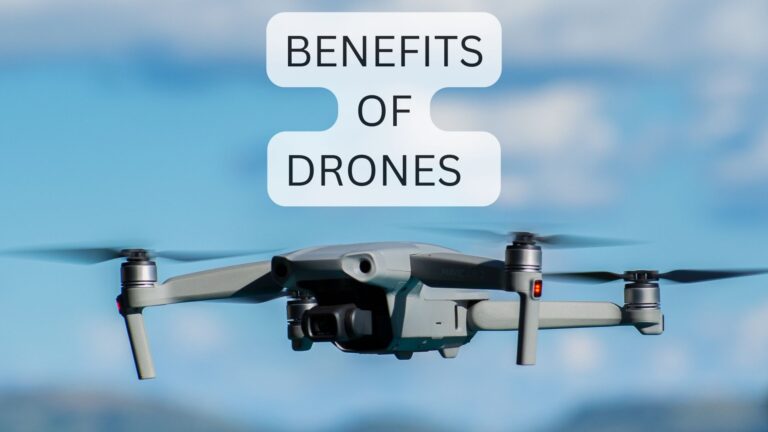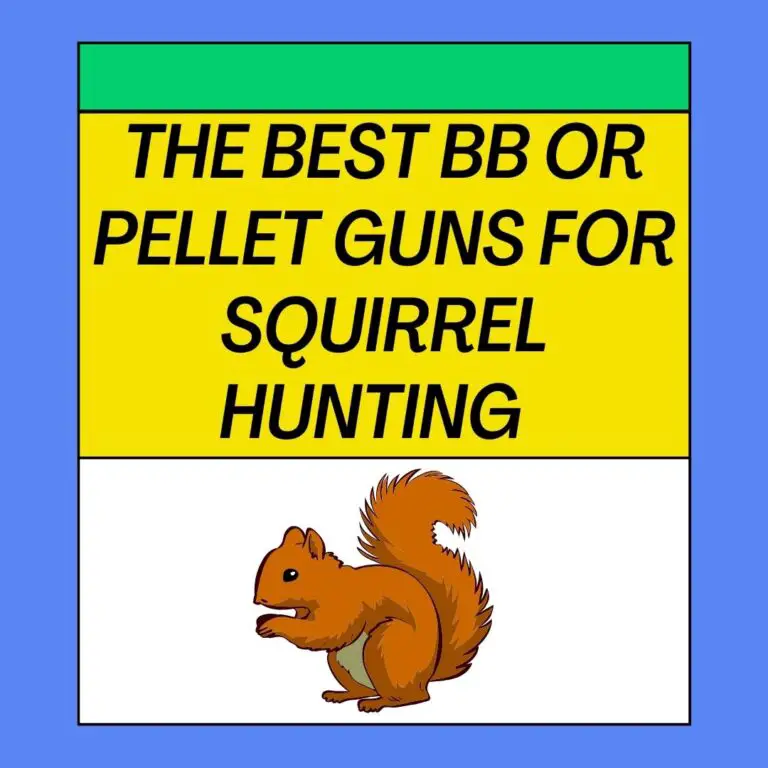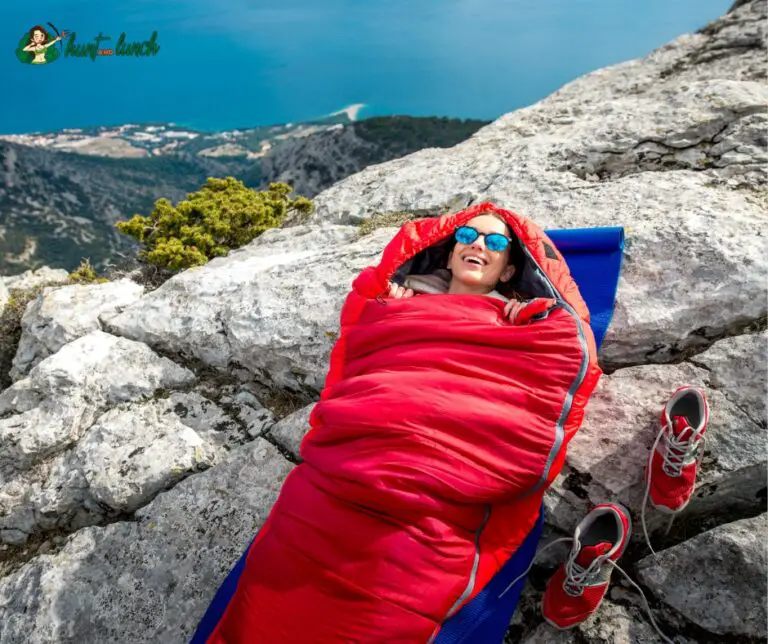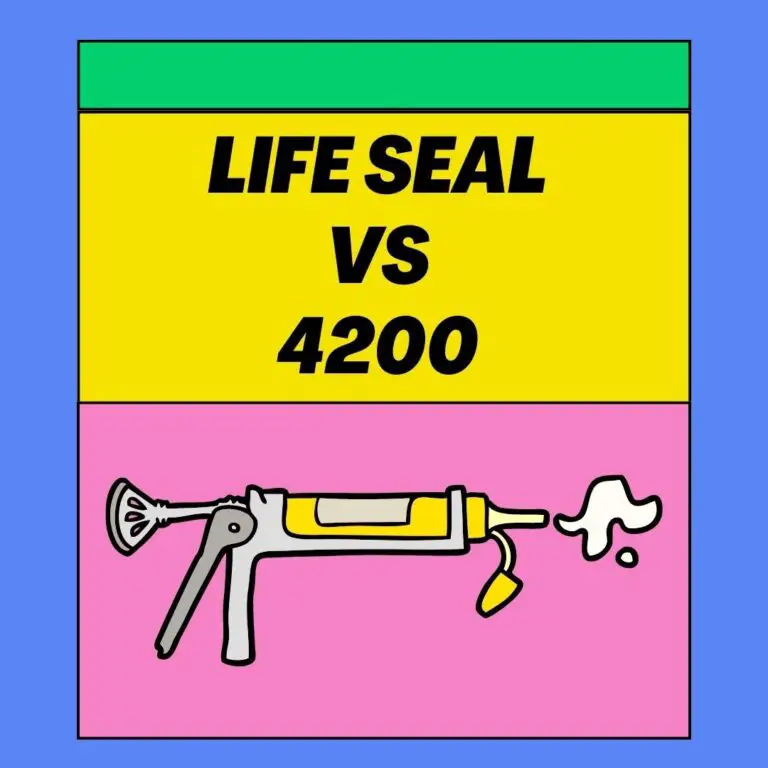
Deer generally avoid mating with their parents and siblings due to natural instincts and mechanisms that discourage inbreeding. However, occasionally, circumstances may lead to such mating, but it’s not the norm. Here’s a breakdown:
Mating with Parents:
- In the wild, adult deer do not typically mate with their offspring. Natural instincts, such as territorial behavior and dispersal, play a role in preventing this.
- Adult deer, especially males (bucks), tend to disperse and establish their own territories, which reduces the chances of mating with their offspring.
- Females (does) may not necessarily disperse but still have mechanisms, such as pheromone signaling, to attract unrelated mates during the breeding season (rut).
Mating with Siblings:
- Deer siblings generally do not mate with each other in the wild. Dispersal behaviors and territoriality help prevent this.
- Bucks are particularly likely to disperse and establish territories away from their siblings, minimizing the risk of mating with them.
- Natural instincts and chemical signals during the rut encourage deer to seek unrelated mates.
Mating with Offspring:
- While it is extremely rare, there have been documented cases of does mating with their own offspring, particularly if the offspring have not dispersed.
- Inbreeding can occur in small or isolated populations, and when it does, it can lead to genetic problems and reduced fitness in the offspring.
- In the wild, natural selection tends to favor outbreeding, which means that individuals who engage in inbreeding may produce less healthy or less viable offspring.
It’s important to note that deer, like many other species, have evolved mechanisms to prevent inbreeding and maintain genetic diversity within populations. Inbreeding can result in an increased risk of genetic defects and reduced overall population fitness. As a result, nature has mechanisms in place to discourage such mating, and it is relatively rare in wild deer populations. However, in cases of captivity or unnatural conditions, such as in deer farms, inbreeding can occur if proper management is not in place.
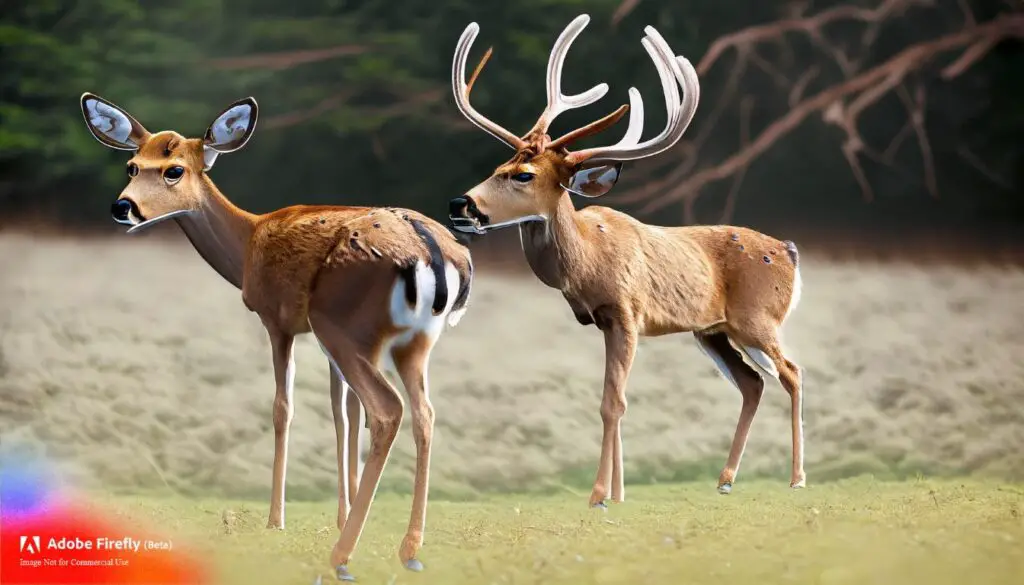
Understanding Deer Interbreeding
Deer do not typically mate with their offspring, as this would be considered incestuous breeding and can lead to various genetic and health problems in the offspring. In the wild, deer have mechanisms in place to avoid mating with close relatives. Here’s a guide on deer interbreeding:
1. Dispersal:
- Young deer, especially males, undergo a process known as dispersal. This means they leave their birth area to establish their own territory and find unrelated mates.
- Dispersal helps prevent inbreeding, as it reduces the likelihood of offspring mating with their parents or siblings.
2. Rutting Behavior:
- During the rut (breeding season), female deer (does) emit chemical signals called pheromones to attract males (bucks).
- Bucks are generally more attracted to the pheromones of unfamiliar does rather than does they are closely related to.
- This natural behavior encourages outbreeding and minimizes inbreeding.
3. Territoriality:
- Bucks establish territories that overlap with the home ranges of multiple does. This increases the likelihood of encountering unrelated mates.
- Territorial behavior helps maintain genetic diversity within deer populations.
4. Natural Selection:
- Inbreeding often results in offspring with genetic defects or reduced fitness. These individuals are less likely to survive and reproduce.
- Natural selection tends to favor individuals with healthier, more diverse gene pools, further discouraging inbreeding.
5. Captive Deer and Human Management:
- In situations where deer are kept in captivity or managed by humans, it’s essential to prevent close relatives from breeding.
- Controlled breeding programs and genetic management are used to maintain healthy populations and avoid inbreeding.
Related FAQ’S
Q1: Can Deer Interbreed?
A1: In general, different species of deer can interbreed, producing hybrid offspring. However, interbreeding between species is relatively rare in the wild, as most deer species have distinct mating behaviors and habitats that keep them separate.
Q2: Do Deer Mate For Life?
A2: No, deer do not typically mate for life. Deer are generally solitary animals outside of the breeding season (rut), and they mate with multiple partners during this time. After mating, males (bucks) and females (does) typically go their separate ways.
Q3: Can Different Species Of Deer Mate?
A3: Different species of deer can interbreed, but it is relatively uncommon in the wild due to differences in behavior, habitat preferences, and ranges. Some closely related species may occasionally hybridize when their ranges overlap.
Q4: Do Male Deers Stay With Their Mate?
A4: Male deer (bucks) do not typically stay with a single mate. During the rut, bucks actively seek out and mate with multiple females (does). After mating, they do not form long-term pair bonds.
Q5: Do Male Deer Mate With Multiple Females?
A5: Yes, male deer, especially during the rut, mate with multiple females. Bucks compete with each other for access to receptive does and may mate with several does over the course of the breeding season.
Q6: How Long Are Deer Pregnant?
A6: Deer pregnancies, also known as gestation periods, vary depending on the species. For example, white-tailed deer have a gestation period of around 200 days (approximately 6.5 months), while mule deer have a slightly shorter gestation period.
Length of Deer Pregnancy:
Deer pregnancy, also known as gestation, varies by species. In general:
- White-tailed deer gestation lasts around 200 days (approximately 6.5 months).
- Mule deer gestation is similar, lasting around 200 days.
- Roe deer gestation is shorter, at about 280 days (around 9 months).
- Red deer gestation is typically around 230 days (around 7.5 months).
Q7: Do Whitetail Bucks Ever Mate With Their Own Doe Offspring?
A7: While it is possible, it’s not common for a whitetail buck to mate with its own doe offspring. In the wild, both bucks and does tend to disperse to find unrelated mates, reducing the likelihood of such mating.
Q8: Do Bucks Mate With Does Of Their Own Offspring?
A8: Bucks mating with does that are their own offspring is rare in the wild. The dispersal and territorial behaviors of bucks, along with the avoidance of close relatives, typically prevent this type of mating.
Summary
While inbreeding is generally avoided in wild deer populations, it can still occur under certain circumstances, especially in isolated or small populations. In such cases, it can lead to genetic issues and reduced fitness. Conservation efforts often focus on maintaining genetic diversity and preventing inbreeding to ensure the long-term health of deer populations.

